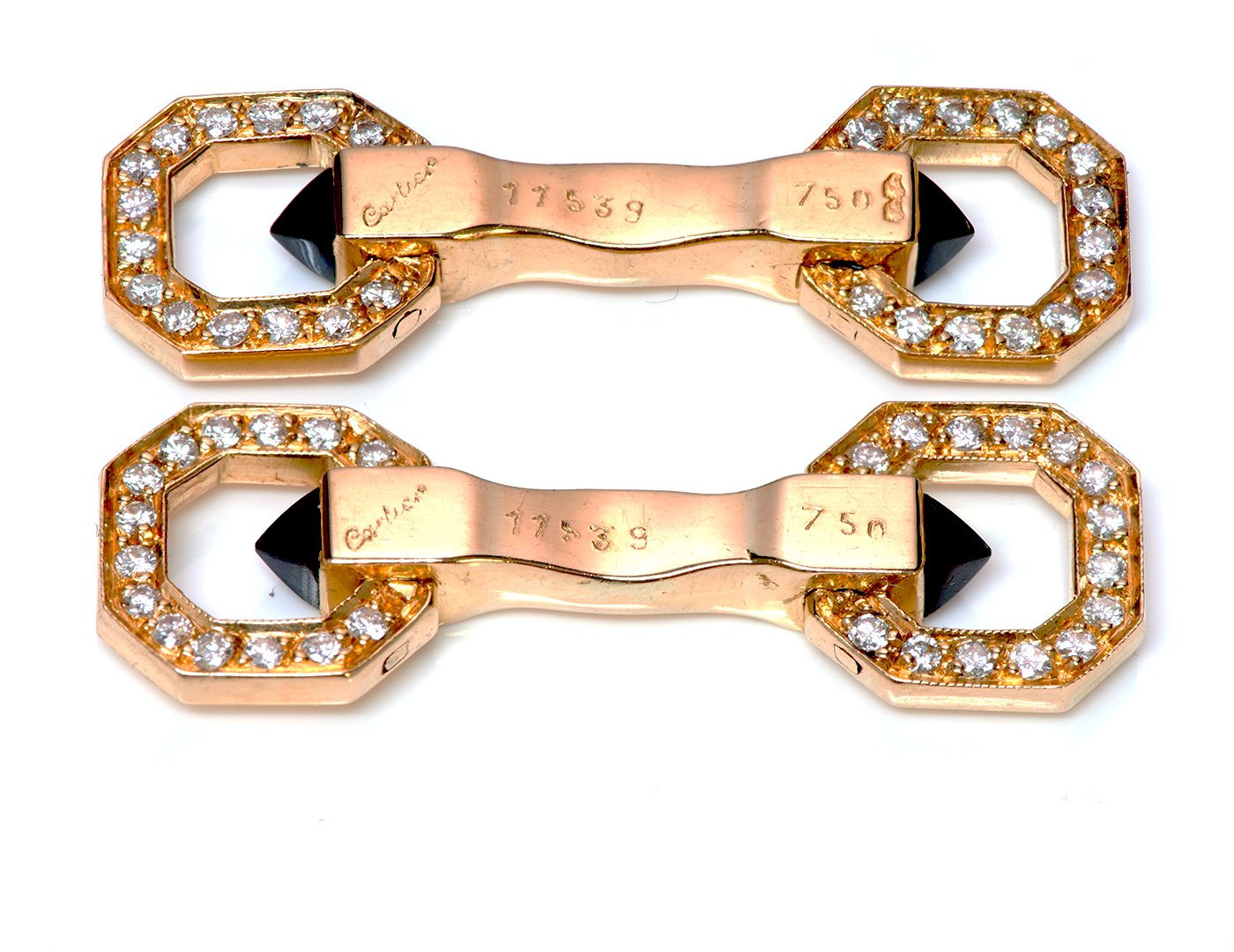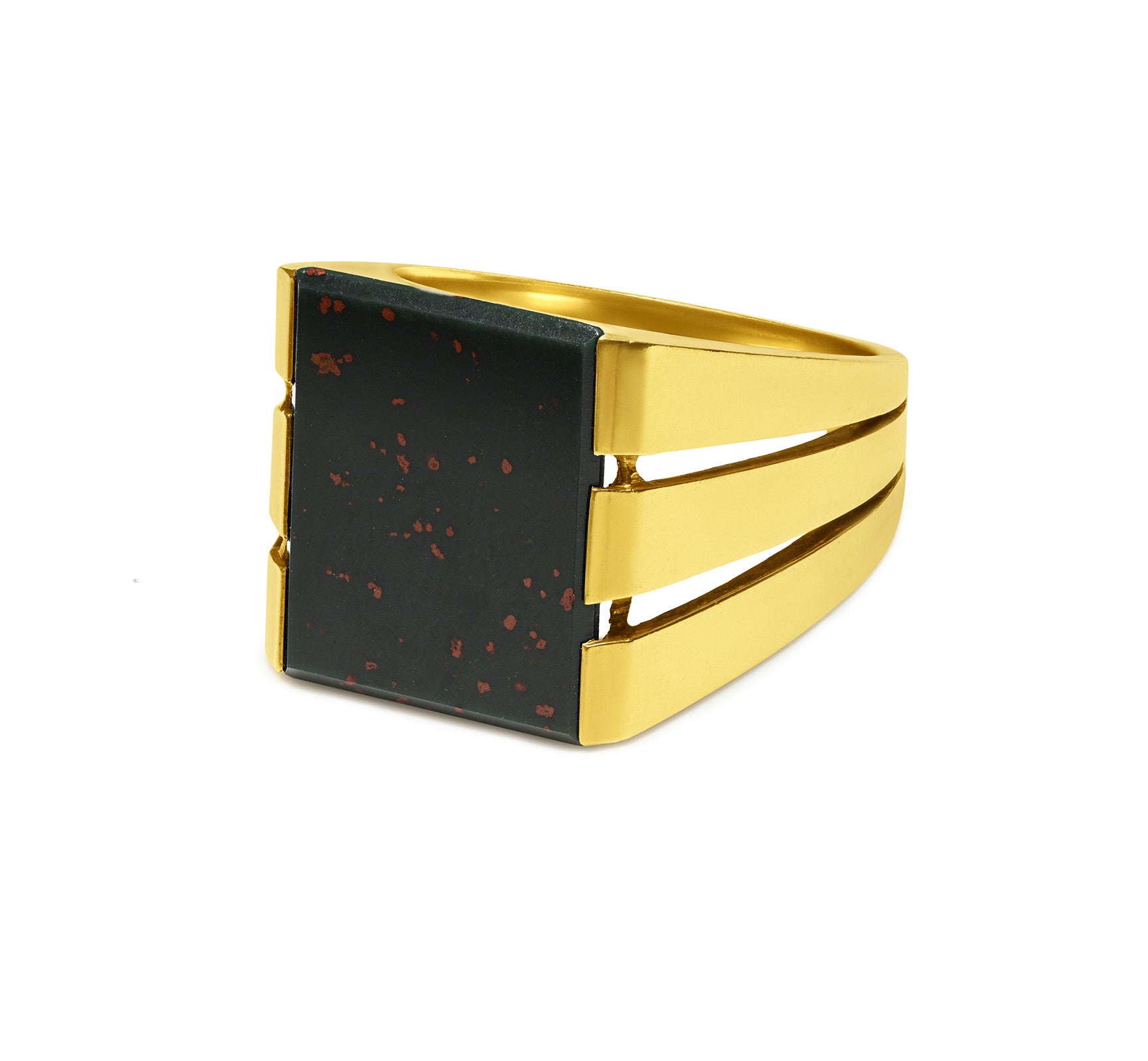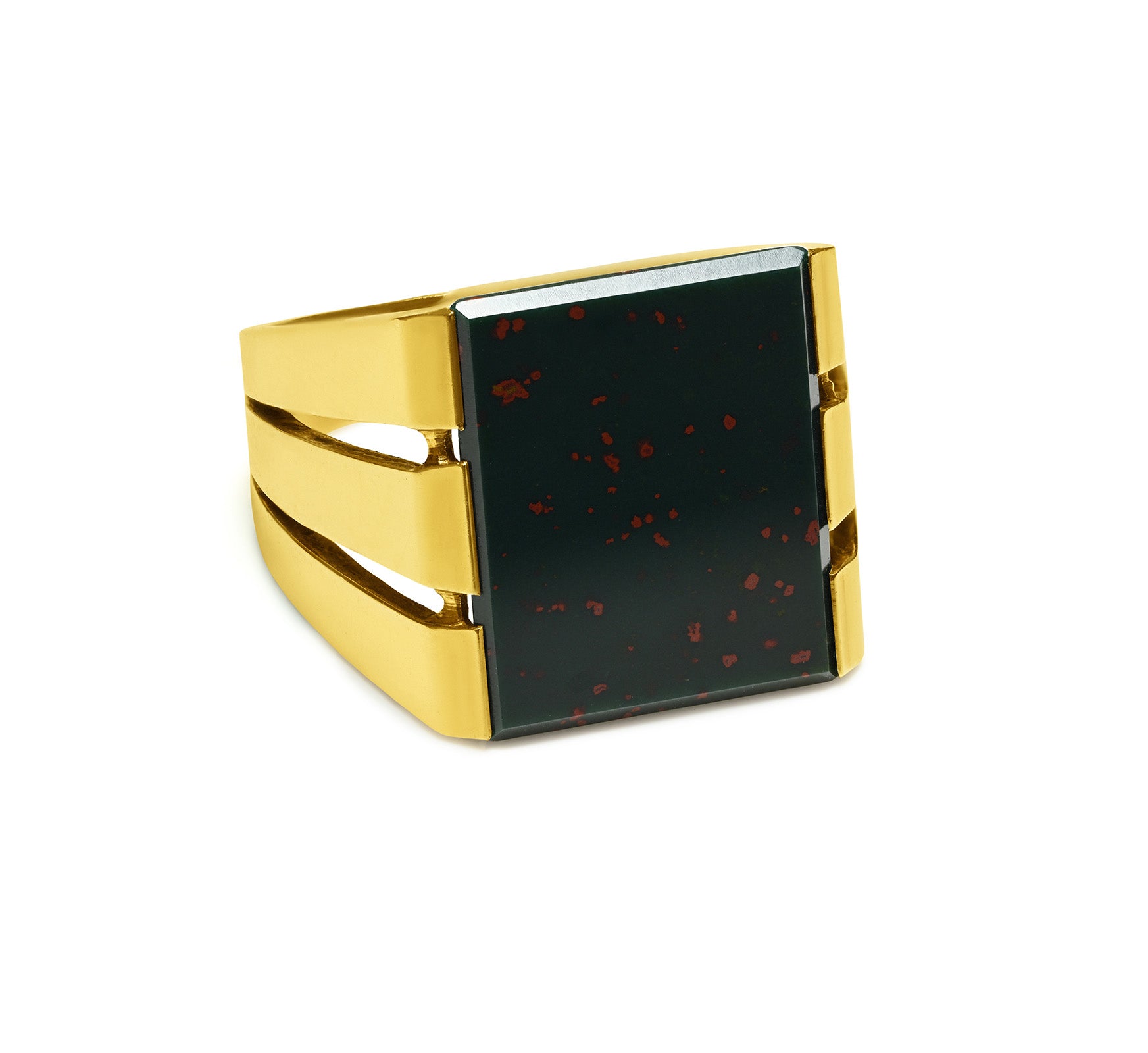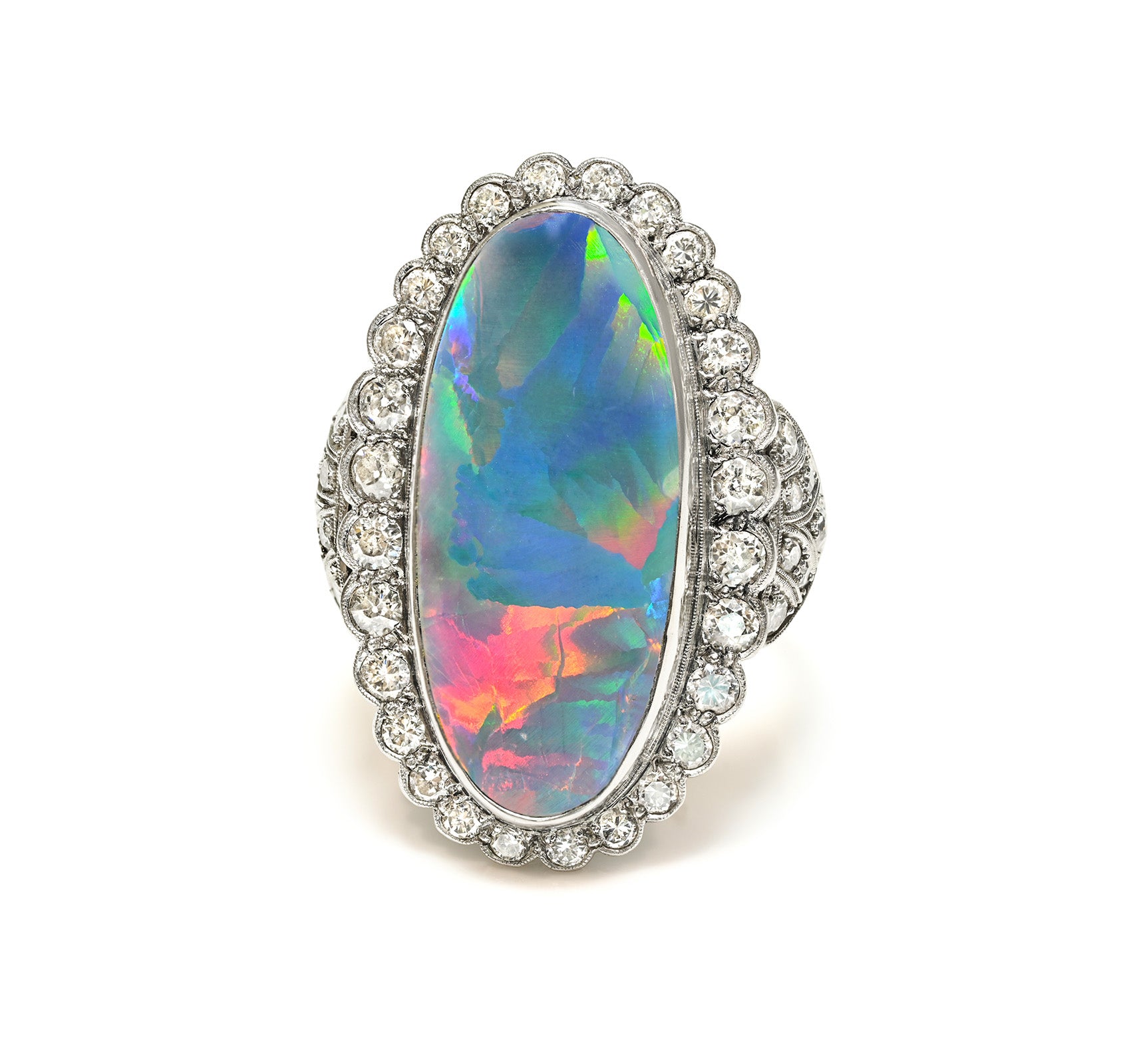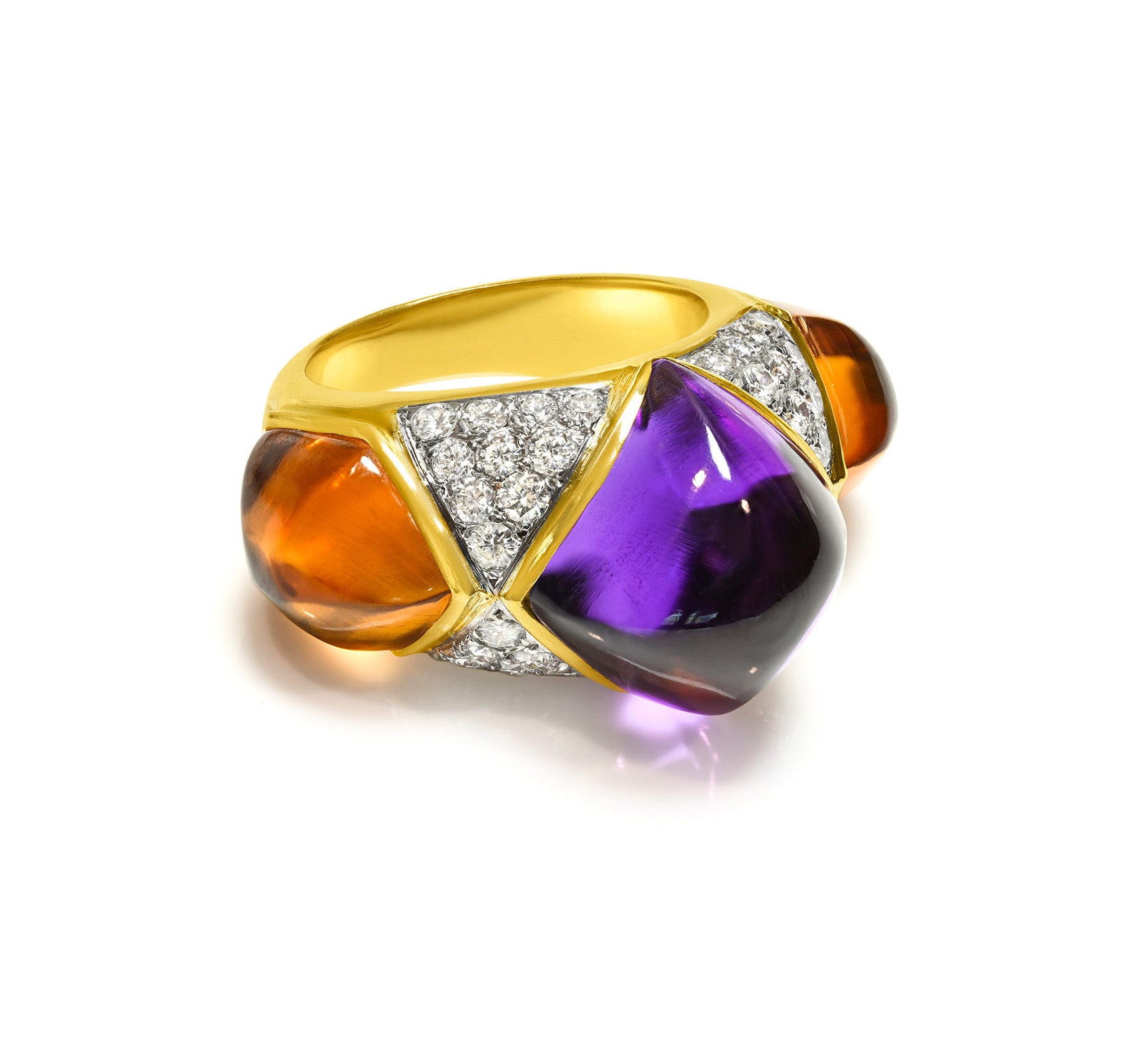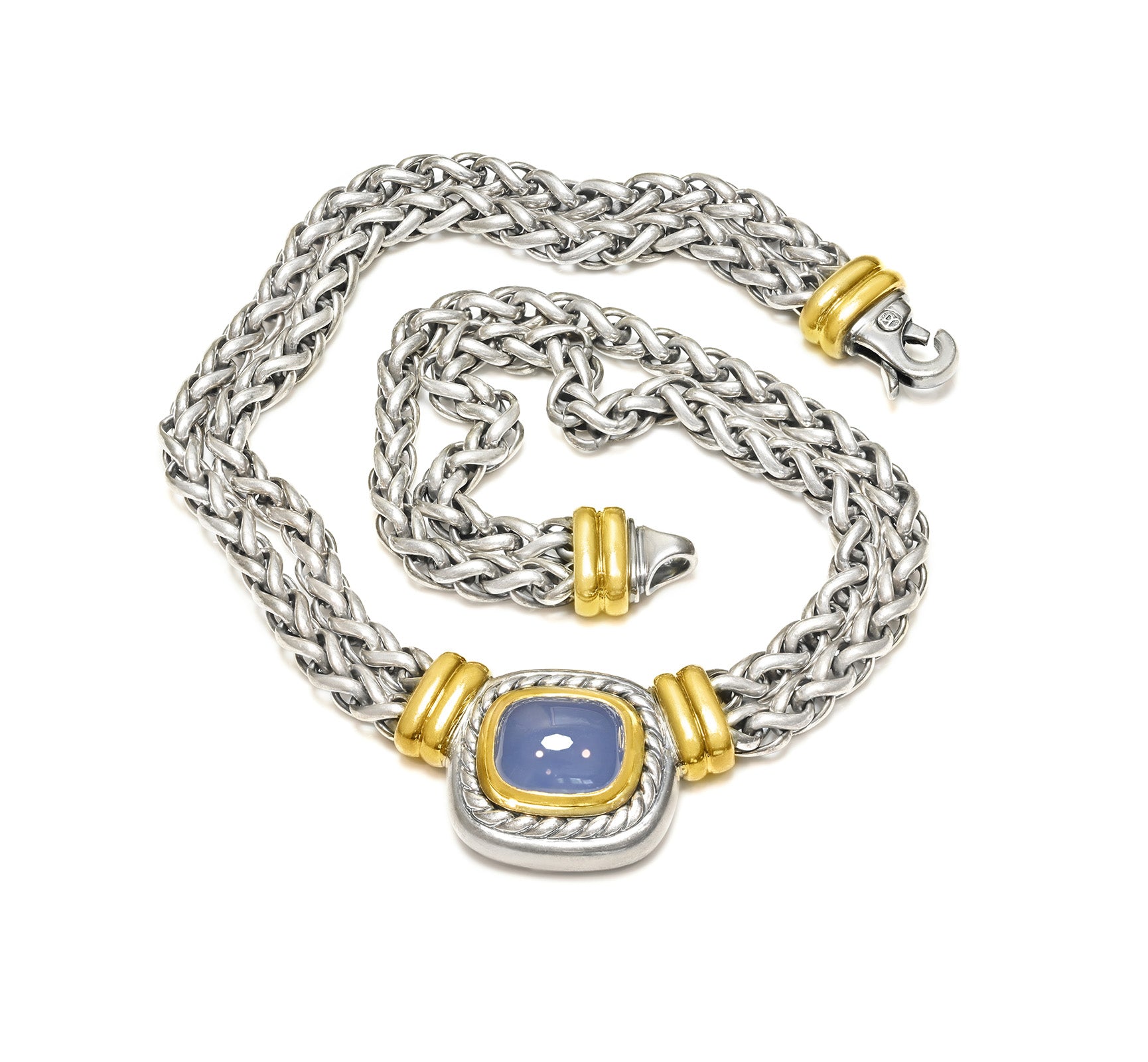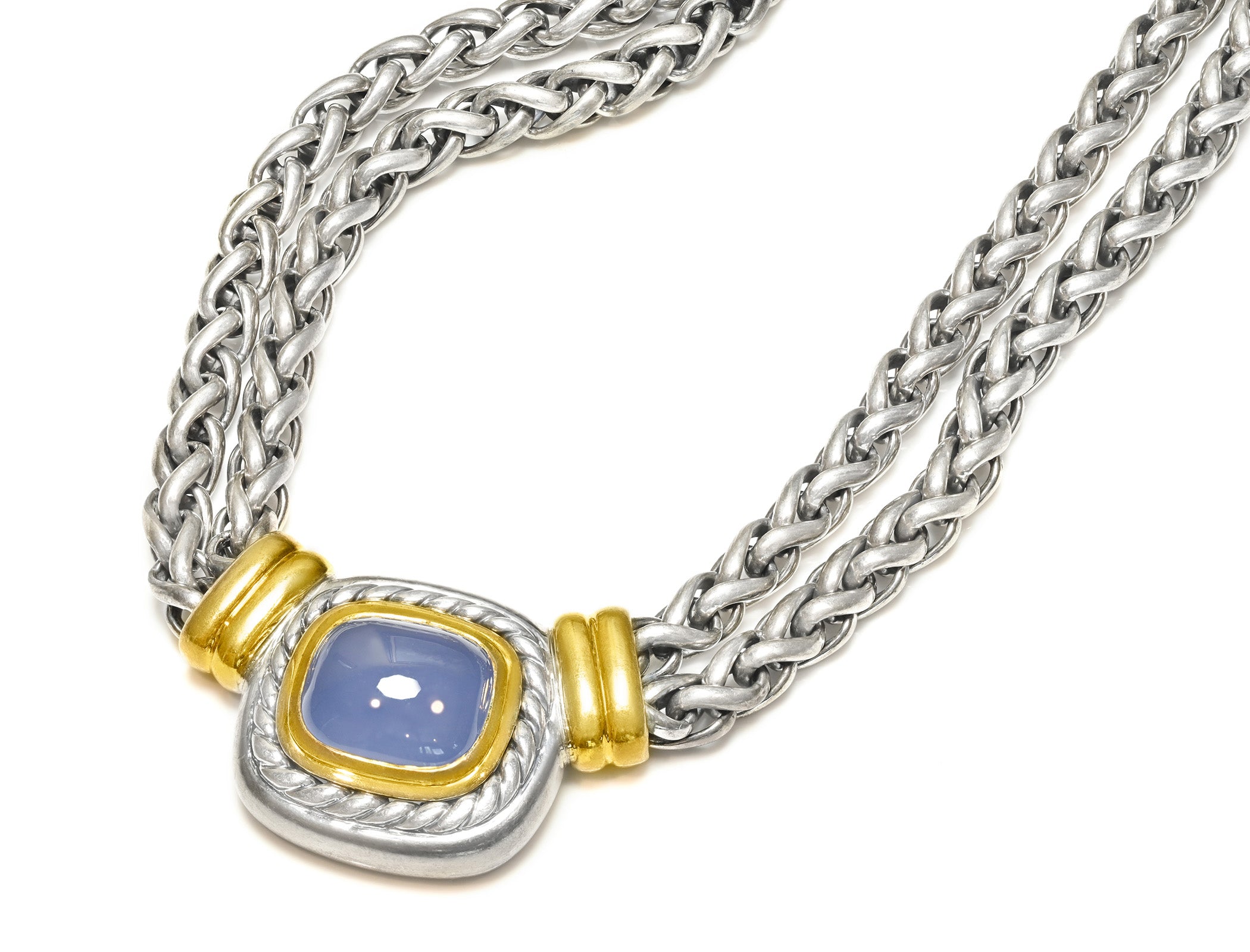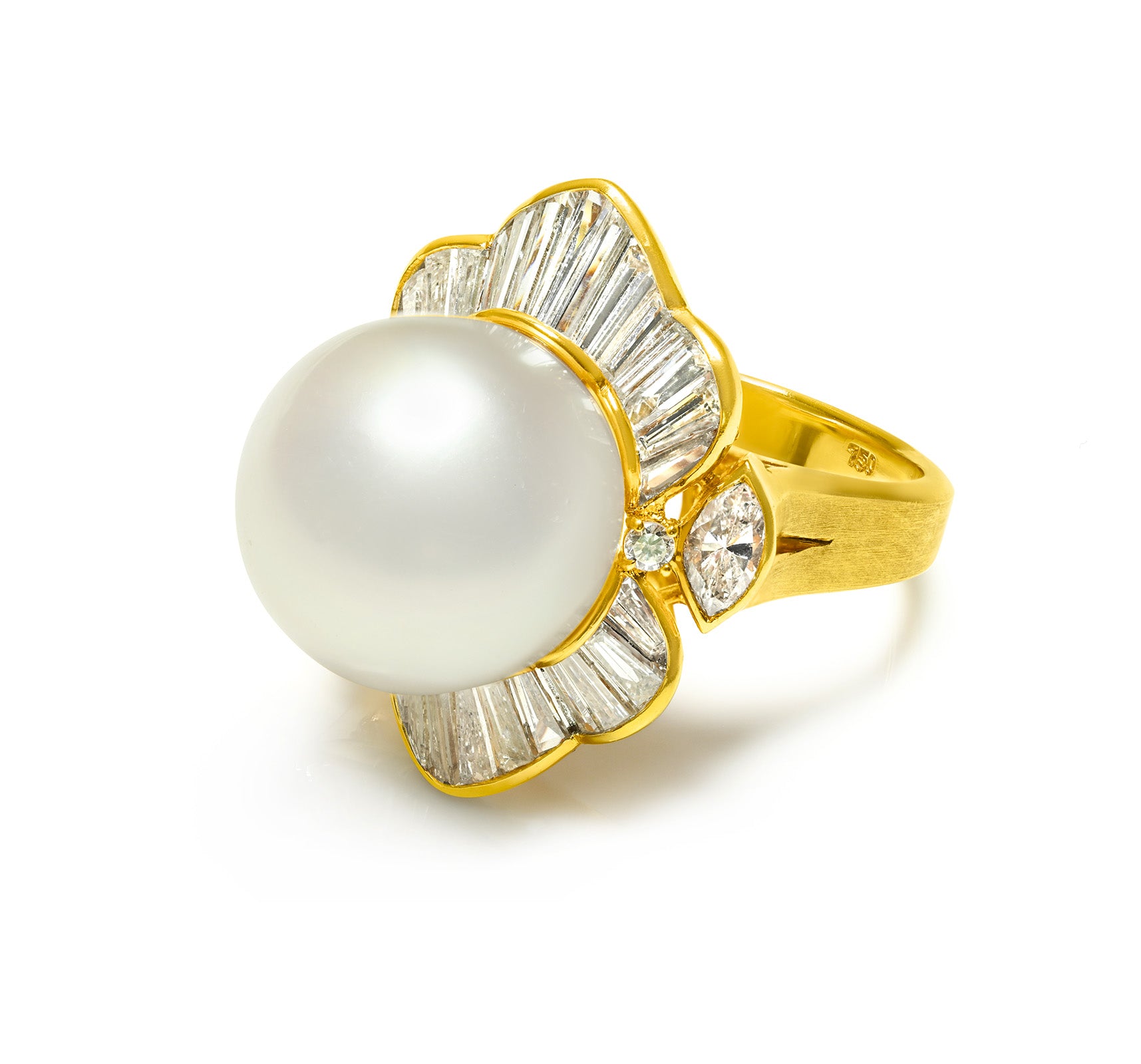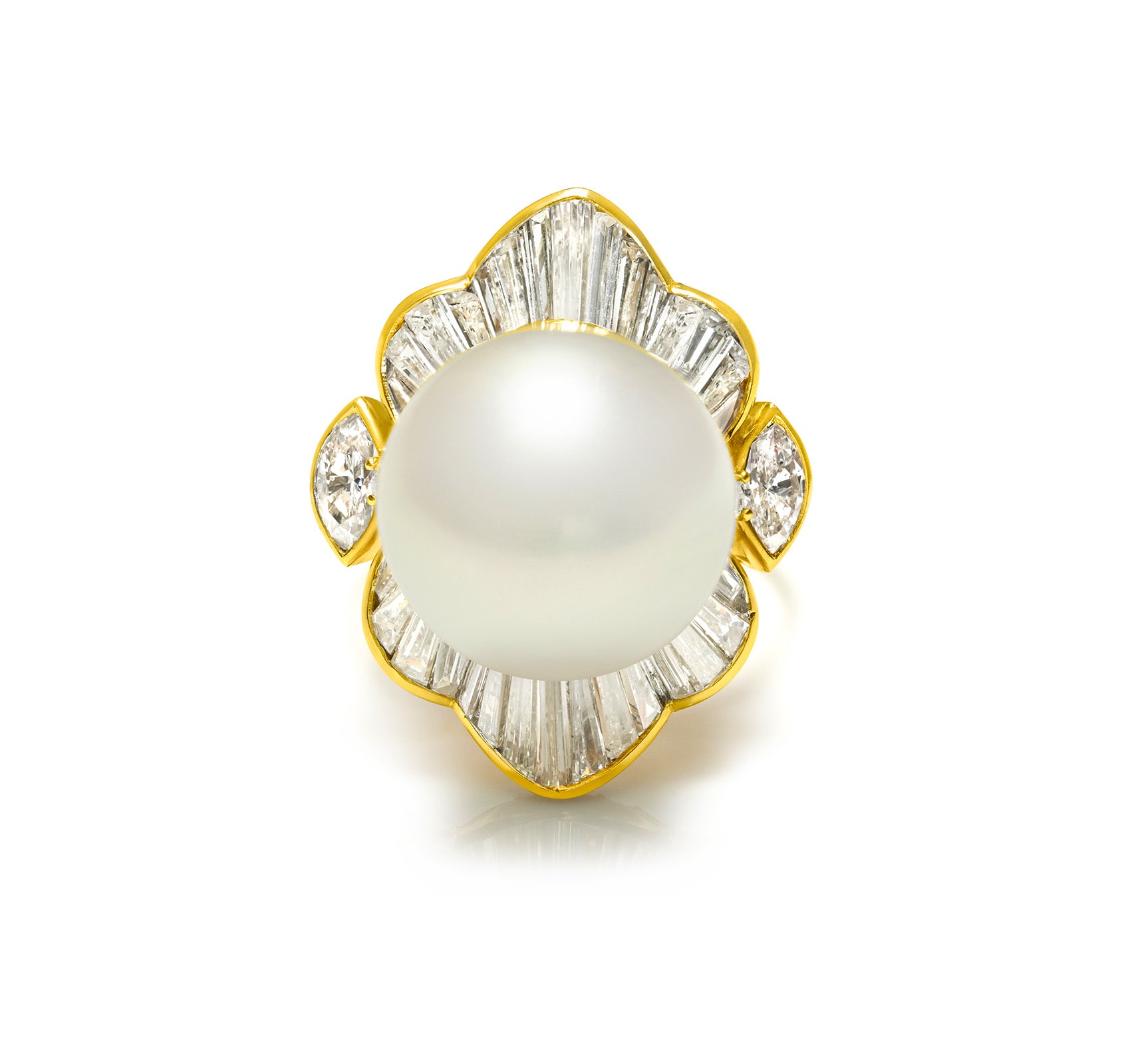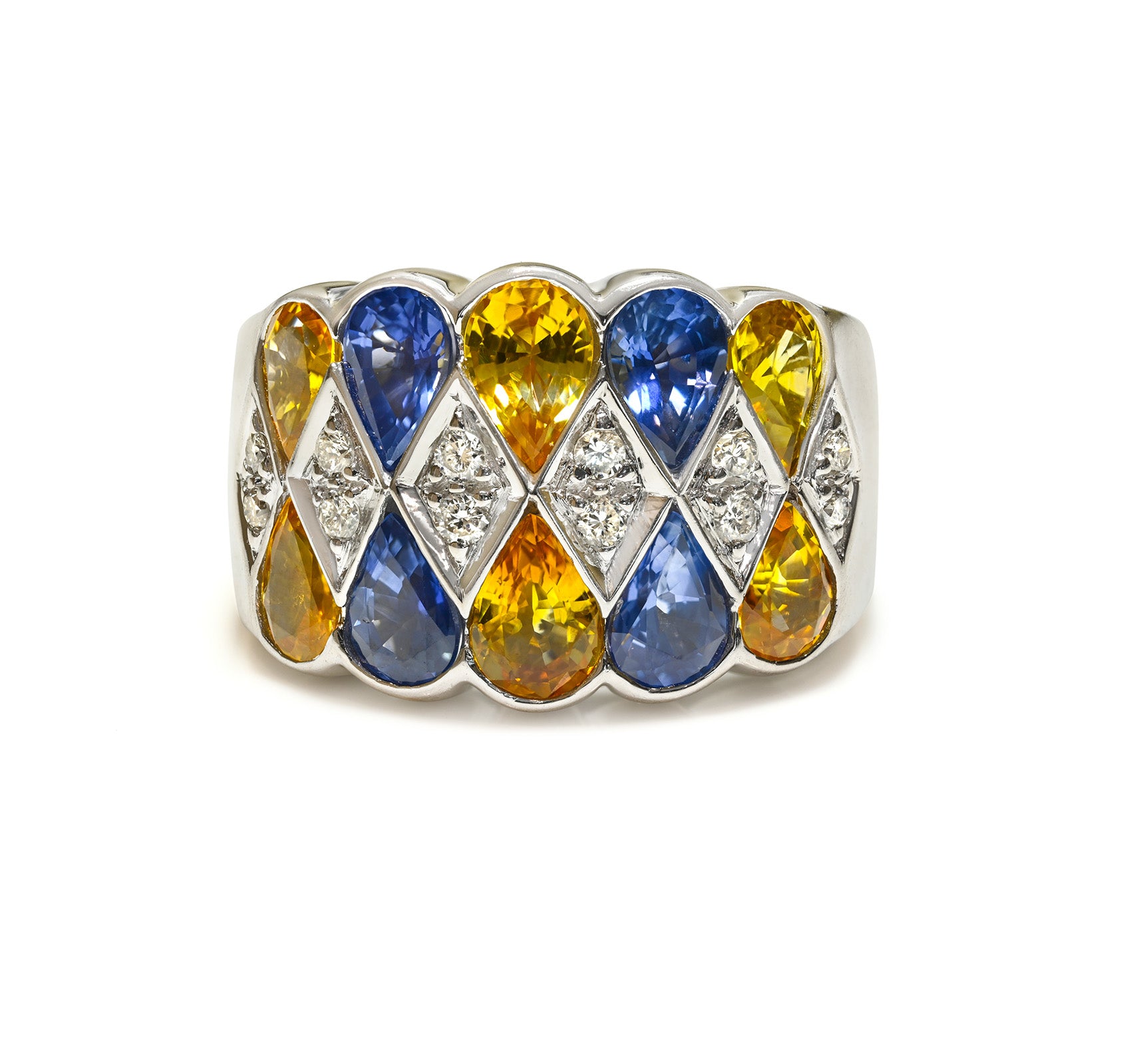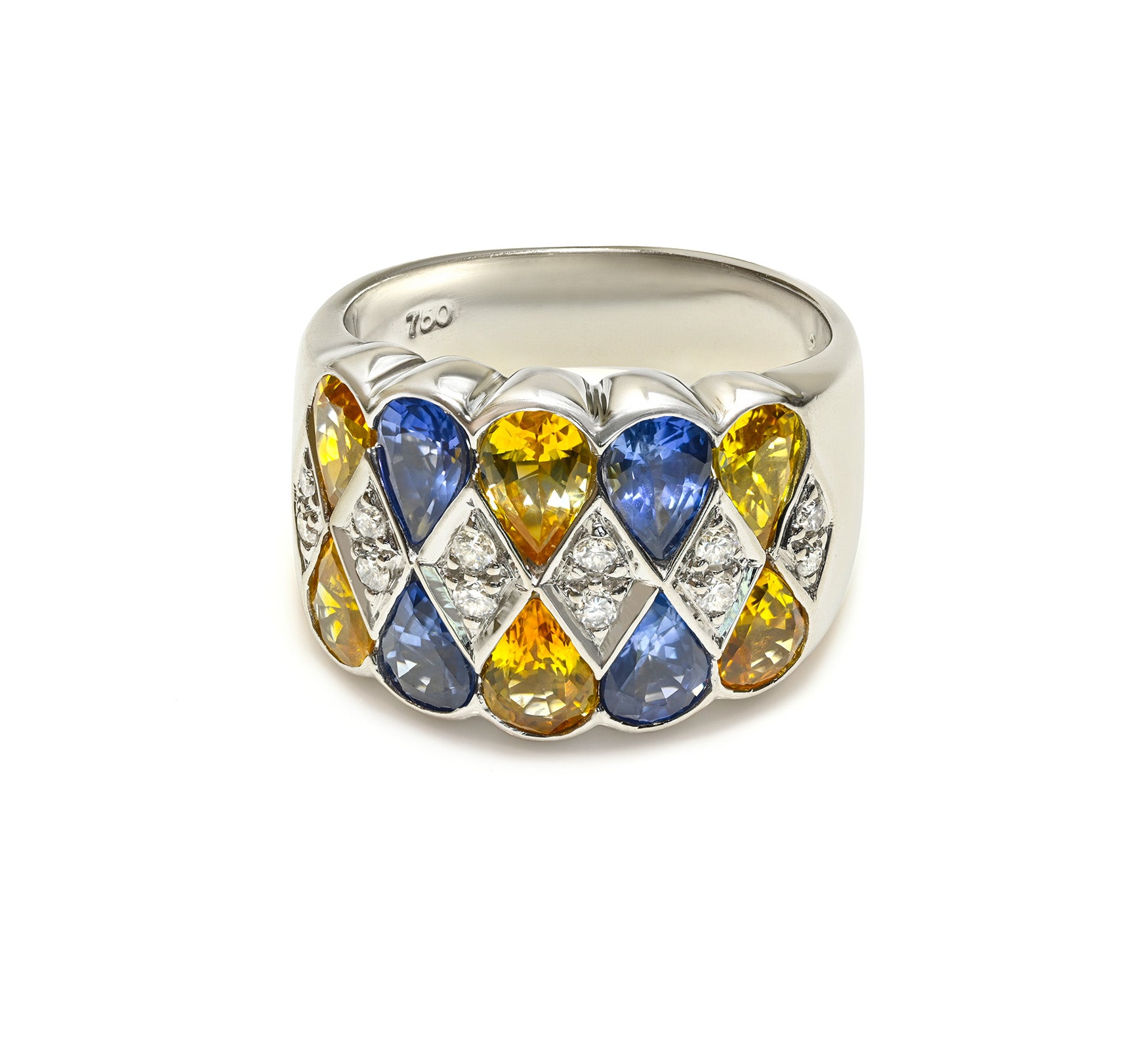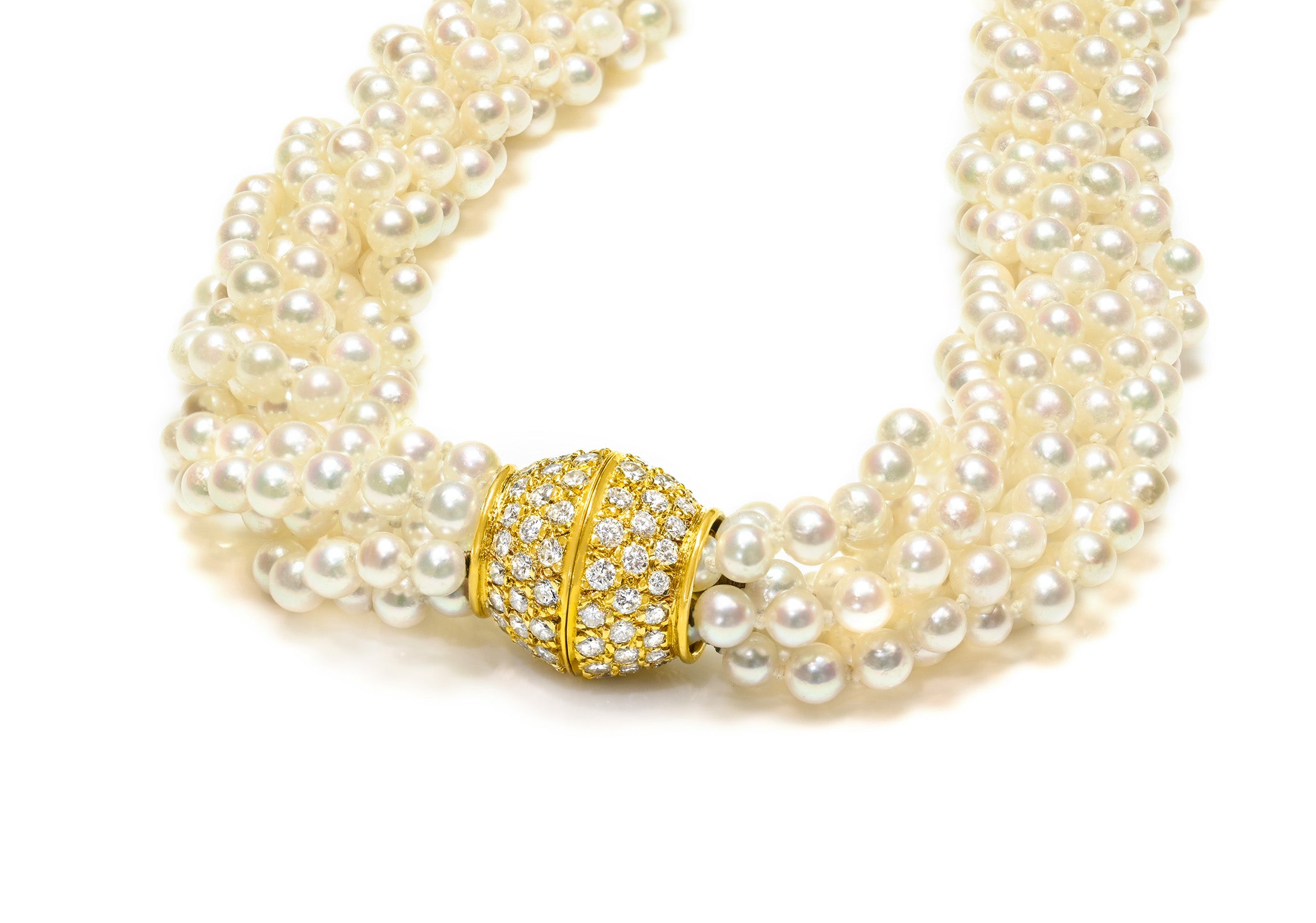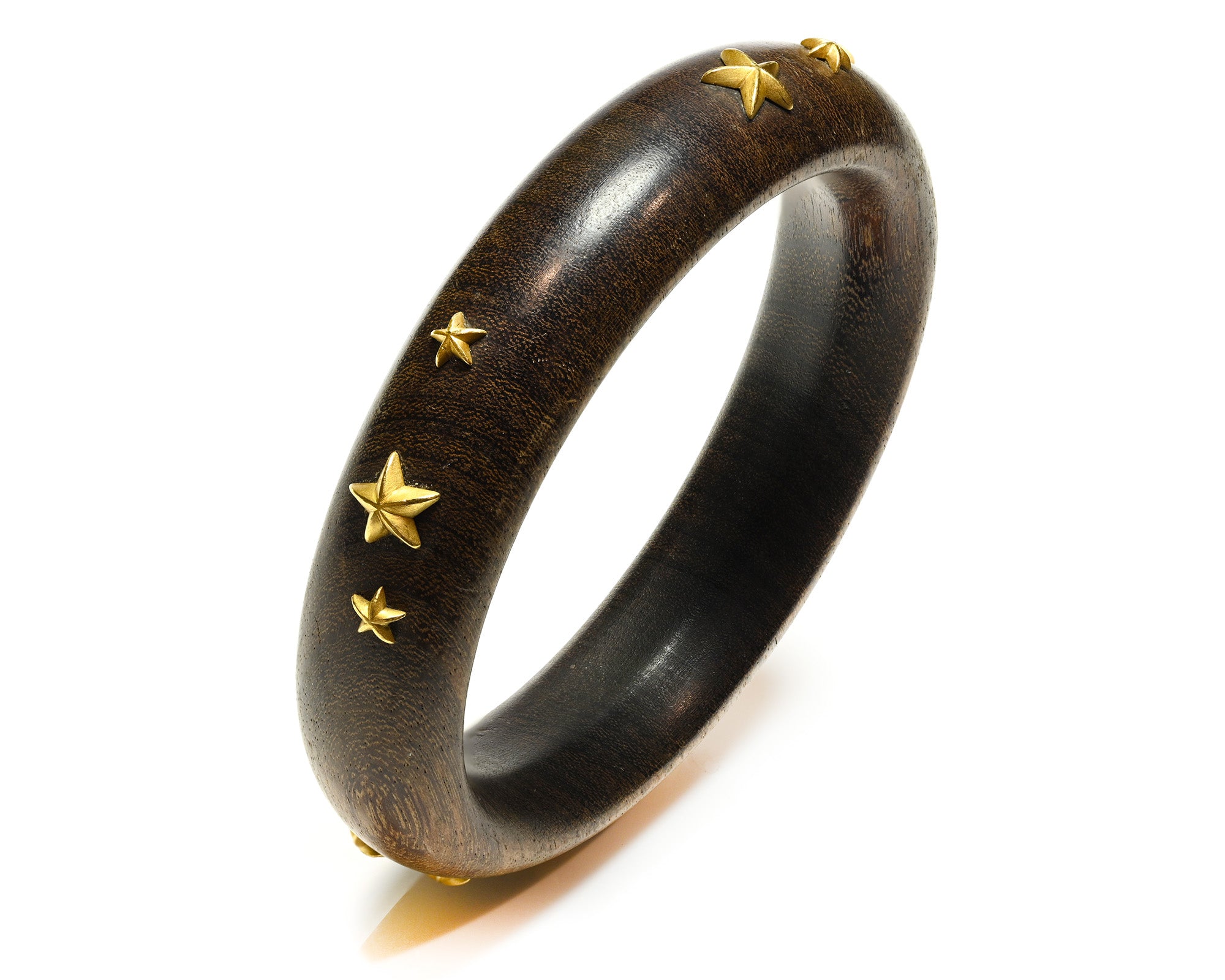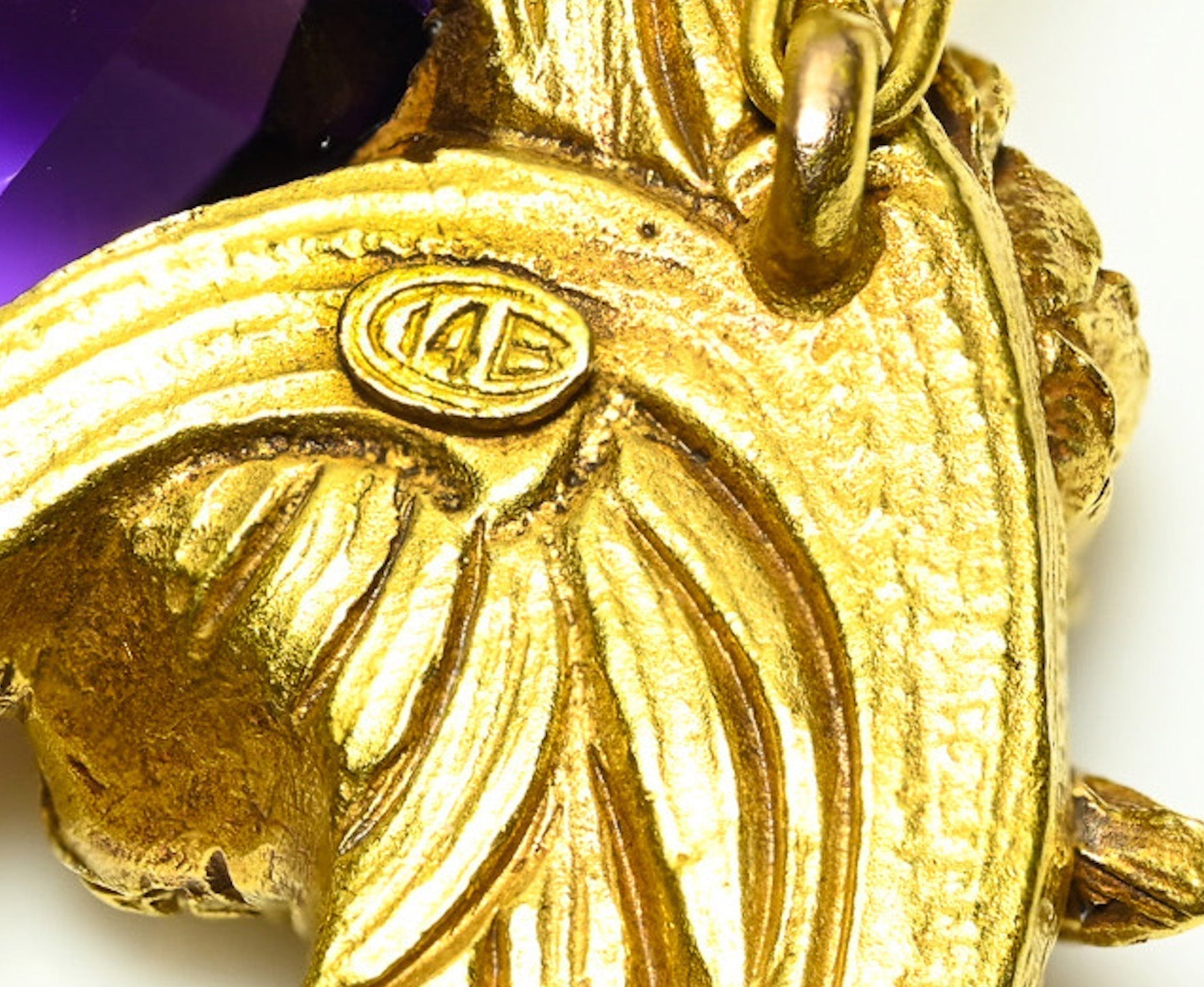
Understanding Jewelry Hallmarks: Your Guide to Authenticity
Jewelry hallmarks are small stamped or engraved symbols found on precious metal items. They serve as a unique identifier, providing important information about a piece's origin, purity, and authenticity.
Understanding the hallmark meaning is essential for anyone involved in buying, selling, or collecting jewelry. These marks help differentiate genuine treasures from imitations and can even impact a piece's value.
In this article, you will discover:
- The fascinating history behind jewelry hallmarking practices
- How to identify and interpret different types of hallmarks
- The step-by-step process used by professionals to test and stamp precious metals
- Key differences in international hallmarking systems every collector should know
- Practical advice on using hallmarks to spot counterfeit jewelry
- Expert tips and emerging trends shaping the future of jewelry authentication
With this knowledge, anyone can navigate the world of fine jewelry with confidence.

A Brief History of Hallmarking
The history of hallmarking goes back to the Middle Ages when it became essential for buyers and traders to verify the purity of precious metals. Counterfeit gold and silver were common, which undermined trust in commerce and threatened economic stability.
Origins of Hallmarking
The beginnings of medieval hallmarking can be traced back to 13th-century England. In 1300, King Edward I ordered that all silver items must be tested (assayed) and marked with a leopard’s head, signifying official approval by the Goldsmiths’ Company of London.
The Role of Governments
Governments soon realized that standardized hallmarking not only protected consumers but also boosted confidence in precious metal markets. During the Renaissance period, guilds throughout Europe established their own marking systems, each representing different factors such as metal purity, city of assay, or master craftsman. These early frameworks set the stage for modern regulations.
Key Elements of Modern Regulations
Several key elements have shaped modern regulations on hallmarking:
- Assay offices: Specialized institutions established to test and mark precious metals.
- State supervision: Laws enacted to ensure only authorized bodies could issue hallmarks.
- International cooperation: In recent centuries, nations have agreed on conventions—such as the International Convention on Hallmarks (1972)—to facilitate cross-border trade and mutual recognition of marks.
Evolution of Hallmarking
Over time, hallmarking has transformed from basic visual symbols stamped into metal to intricate stamps and even laser marks used today. This evolution reflects technological advancements while staying true to its primary purpose: ensuring authenticity and quality.
This historical background helps us understand how different types of hallmarks are perceived and utilized in contemporary society.
Understanding Different Types of Jewelry Hallmarks
Jewelry hallmarks are important symbols that show if a piece is genuine, its quality, and where it comes from. There are different kinds of these marks, and each one gives specific details about the item.
Purity Marks
Purity marks indicate the precious metal content within an item. They are expressed either in karats (for gold) or millesimal fineness (parts per thousand). Examples include:
- Gold: Common purity marks for gold are 9ct (375), 14ct (585), 18ct (750), and 22ct (916).
- Silver: Sterling silver is marked as 925, indicating 92.5% pure silver. Britannia silver bears a 958 mark.
- Platinum: Typically marked with a fineness of 950.
- Palladium: Can be found with marks like 500 or 950.
Maker’s Marks
Maker’s marks identify the jeweler or company responsible for creating the piece. These marks often consist of initials or unique symbols that can be traced back to the manufacturer. For instance, Fabergé pieces are known for their distinctive maker’s mark, adding considerable value and historical significance.

Assay Office Marks
Assay office marks reveal where the item was tested and hallmarked. For example, in the UK, there are four primary assay offices:
- Birmingham: Anchor symbol.
- London: Leopard's head.
- Edinburgh: Castle.
- Sheffield: Tudor rose.
Optional Hallmarks
There are additional optional hallmarks that provide further insights into a jewelry piece:
- Date Letter Mark: Indicates the year of hallmarking.
- Traditional Fineness Mark: Standard mark often used by the London assay office.
- Commemorative Marks: Celebrate special events or anniversaries.
Understanding these different hallmark types helps buyers and collectors ascertain the authenticity and value of jewelry items. Each mark offers a unique glimpse into the piece's history and craftsmanship, making hallmarking an invaluable tool in the world of jewelry.
The Step-by-Step Process of Hallmarking Jewelry
Procedures for Testing and Stamping Jewelry with Hallmarks
The hallmarking process begins with assaying precious metals. Assaying is the method used to determine the composition and purity of a metal. This ensures that items are accurately marked according to their actual metal content.
1. Initial Inspection
- Items are visually inspected for any obvious signs of inconsistencies or impurities.
- Weight and dimensions may be recorded as part of the initial assessment.
2. Sampling
- A small sample of the metal is extracted from the piece. This sample is often taken discreetly to avoid damaging the jewelry.
- Different methods such as scraping or drilling may be used depending on the item's design and value.
3. Chemical
- Analysis The sample undergoes rigorous chemical testing using techniques like fire assay or spectrometry.
- These analyses provide a detailed breakdown of the metal’s composition, identifying specific percentages of precious metals like gold, silver, platinum, or palladium.
Professional Methods for Ensuring Precise Measurement of Metal Purity
Once the metal's purity has been confirmed through assaying, hallmarking can proceed:
1. Mark Preparation
- The appropriate hallmark stamps are selected based on the assay results.
- Common stamps include purity marks, maker’s marks, and assay office symbols.
2. Stamping Process
- Traditional stamping involves manually impressing the hallmark onto the jewelry using steel punches.
- For delicate pieces, laser engraving is employed. This modern technique offers precision without compromising the integrity of intricate designs.
3. Quality Check
- Post-stamping inspection ensures that hallmarks are correctly applied and legible.
- Any errors or inconsistencies result in further assessment or re-stamping.
By following these steps meticulously, professionals maintain high standards in hallmarking jewelry, safeguarding both authenticity and quality for consumers and collectors alike.
Comparing International Hallmarking Systems: A Guide for Collectors
The world of jewelry hallmarking is far from uniform. Each country has developed its own system to guarantee the authenticity and quality of precious metal items, shaped by unique legal, historical, and cultural influences.
United Kingdom: The Gold Standard of Hallmarking
The UK hallmark system is one of the oldest and most comprehensive. Jewelry is tested at official Assay Offices—Birmingham (anchor), London (leopard’s head), Sheffield (rose), and Edinburgh (castle)—and must bear a minimum set of marks:
- Maker’s Mark: Identifies the manufacturer or sponsor.
- Fineness Mark: Indicates metal purity as parts per thousand (e.g., 750 for 18ct gold).
- Assay Office Mark: Symbol unique to each office.
- Optional marks: Date letter, commemorative symbols.
The UK requires third-party testing before any item can be described as gold, silver, platinum, or palladium. These strict regulations make British hallmarks highly trusted worldwide.
United States: Responsibility and Self-Regulation
US hallmark regulations differ significantly:
- There is no mandatory independent assay office.
- The National Gold and Silver Stamping Act of 1906 governs standards.
- Marks typically include the manufacturer’s name or registered trademark and a purity stamp (such as “14K” or “sterling”).
- Since 1961, a responsibility mark—identifying the maker—is required.
Manufacturers are held legally accountable for accuracy but may self-certify purity. This makes careful scrutiny essential for collectors.
France: State Supervision with Iconic Symbols
French hallmarks are state-supervised and instantly recognizable:
- Distinctive animal heads denote fineness—an eagle's head for 18k gold, Mercury's head for silver.
- The Maître d’Ouvrage mark uniquely identifies the maker or workshop.
- Parisian vs. provincial marks can provide clues to origin.
Germany: Practicality and Simplicity
German jewelry often features a straightforward system:
- Numeric purity marks such as “585” for 14ct gold.
- Maker’s marks may be present but are less standardized than in the UK or France.
Key Differences Collectors Should Note
Collectors should be aware of the following key differences:
- Mandatory third-party assay in the UK versus self-certification in the US.
- French hallmarks use pictorial state symbols; UK uses town-specific emblems; US relies on text-based marks.
- German pieces may lack extensive hallmark sets but favor clear numeric purity stamps.
Understanding these distinctions helps collectors accurately identify origins, determine authenticity, and appreciate the legacy of global jewelry craftsmanship.

Using Hallmarks as a Tool Against Counterfeit Jewelry
Consumer protection through hallmarking is a vital aspect of purchasing genuine jewelry. Hallmarks serve as an assurance of the authenticity and quality of precious metal items, safeguarding consumers from counterfeit products.
How Hallmarks Protect Consumers
- Verification of Metal Purity: Hallmarks provide detailed information about the metal content, ensuring that buyers receive what they pay for. For example, an 18k gold hallmark guarantees 75% gold content.
- Traceability: Maker's marks and assay office symbols offer insights into the origin and manufacturer of the jewelry, adding layers of accountability and traceability.
- Legal Compliance: Hallmarked jewelry complies with stringent legal standards set by various countries, offering added security to consumers.
Common Mistakes or Red Flags
When checking hallmarks for authenticity, consumers should be aware of these common pitfalls:
- Illegible Marks: Authentic hallmarks should be clear and legible under magnification. Blurred or poorly stamped marks can indicate counterfeit items.
- Missing Information: Genuine jewelry typically includes multiple hallmarks, such as purity marks, maker's marks, and assay office symbols. Missing any crucial hallmark can be a red flag.
- Inconsistent Marks: Contradictory hallmarks—such as different purity marks on the same item—may suggest forgery or tampering.
- Unusual Symbols: Familiarize yourself with standard hallmark symbols used in specific regions. Unrecognized or unusual symbols might indicate counterfeit pieces.
By understanding and scrutinizing hallmarks, consumers can significantly reduce the risk of purchasing fake jewelry items, ensuring their investments are secure and authentic.
Expert Tips for Reading and Interpreting Jewelry Hallmarks Like a Pro
Identifying jewelry hallmarks effectively relies on both the right tools and a methodical approach. Even well-preserved marks may be tiny, worn, or partially obscured, making attention to detail essential.
Essential Tools for Examining Hallmarks:
- Jeweler’s Loupe (10x magnification): This compact magnifier is indispensable. A 10x loupe reveals minute details, such as faint outlines of a lion passant or the subtle difference between a maker’s initials and a date letter. When choosing loupes and magnifiers, it's crucial to select one that offers optimal clarity and magnification.
- Good Lighting: Strong, direct light—preferably from multiple angles—will help distinguish shallow engravings from surface scratches.
- Hallmark Reference Guides: Comprehensive books (e.g., Bradbury’s Book of Hallmarks or Tardy’s International Hallmarks on Silver) and online databases like the UK Assay Offices’ websites or the French Service de la Garantie are invaluable for comparing unfamiliar symbols.
- Digital Magnifiers or Smartphone Apps: Modern technology offers portable microscopes and apps, such as digital magnifier apps available on platforms like Google Play, that capture and enlarge hallmark images for clearer identification.
Methodical Approach to Interpretation:
- Clean the Piece Carefully: Dirt and residues can hide details; gentle cleaning may reveal markings without damaging the metal.
- Identify All Markings: Look for clusters—purity marks, maker’s marks, town marks, date letters—often grouped together on an inconspicuous area such as the clasp or inner band.
- Compare with Trusted Sources: Use reference guides to match symbols, numbers, or letters with known standards from relevant countries and eras.
- Seek Second Opinions When in Doubt: Experienced jewelers or appraisers can provide professional verification if a mark appears ambiguous or rare.
Tip: Practice regular examination of different jewelry pieces to build familiarity with hallmark patterns across various regions and historical periods.
Mastering this process not only aids in identifying jewelry hallmarks effectively but also deepens appreciation for craftsmanship and authenticity. The world of hallmarking continues to evolve, offering new methods for verification and protection.

The Future of Jewelry Hallmarking: Trends and Innovations to Watch Out For
The future of jewelry hallmarking is undoubtedly set to evolve with advancements in technology, creating more robust methods for verifying authenticity and protecting consumers. Some emerging trends are:
1. Digital Hallmarks
Digital hallmarks offer a modern approach to traditional stamping methods. These hallmarks are applied using advanced laser technology, allowing for precise and non-invasive marking on delicate jewelry pieces. Digital hallmarks can be scanned to access detailed information about the item, including its origin, material composition, and maker's data.
2. Blockchain Technology
Blockchain technology presents a revolutionary way to ensure the authenticity of jewelry items. By recording hallmark data on a blockchain, each piece's history becomes immutable and traceable.
This decentralized ledger system enhances transparency and trust in the jewelry market by preventing tampering or forgery.
3. Smart Jewelry
Integration of smart chips within jewelry pieces can store hallmark and authentication information directly on the item. These chips can be read by compatible devices to verify the item's details instantly, making it easier for both sellers and buyers to confirm authenticity. These innovations signal a promising future for jewelry hallmarking, combining traditional practices with cutting-edge technology to safeguard integrity in the industry.
Empower Yourself with Knowledge About Jewelry Hallmarks
Understanding the importance of jewelry hallmarks transforms every purchase or sale into an informed decision. Recognizing a maker’s mark, purity stamp, or country of origin symbol empowers you to:
- Authenticate precious metal content and craftsmanship
- Spot counterfeit or misrepresented pieces
- Appreciate historical and artistic value
When inspecting a piece, use a jeweler’s loupe and reference trusted hallmark guides. If a mark appears unusual, research its origin or consult an expert before making a commitment.
Knowledge of jewelry hallmarks serves as your best protection and advantage—whether building a collection, buying gifts, or selling family heirlooms. Every hallmark tells a story; by learning to read them, you ensure each piece is genuine, valuable, and part of a rich tradition.

FAQs (Frequently Asked Questions)
What are jewelry hallmarks and why are they important?
Jewelry hallmarks are official marks stamped on precious metal items to indicate their authenticity, purity, and origin. They play a crucial role in determining the value and genuineness of jewelry pieces, helping buyers and sellers make informed decisions.
How did hallmarking originate and evolve over time?
Hallmarking dates back to medieval times when governments and guilds began regulating precious metals to protect consumers. Over centuries, hallmarking standards have been shaped by various organizations worldwide, evolving into the precise systems used today to certify metal purity and craftsmanship.
What are the different types of jewelry hallmarks I should know about?
Common types of jewelry hallmarks include purity marks that indicate metal content (like 18K for gold), maker's marks identifying the manufacturer or artisan, and assay office marks certifying official testing. Each hallmark provides specific information about the piece’s quality and origin.
How is jewelry tested and stamped during the hallmarking process?
The hallmarking process involves assaying, where precious metals are professionally tested using methods like X-ray fluorescence or fire assay to determine purity accurately. Once verified, authorized offices stamp the jewelry with official hallmarks certifying its authenticity.
How do international hallmarking systems differ for collectors?
Countries like the UK, US, France, and Germany have distinct hallmarking regulations and symbols. For example, the UK uses specific assay office marks while the US relies more on karat stamps without government-assigned hallmarks. Collectors should understand these differences to authenticate pieces correctly across regions.
Can hallmarks help protect me from counterfeit jewelry?
Yes, hallmarks serve as a consumer protection tool by verifying metal purity and origin. Recognizing authentic hallmark patterns helps identify fake or misrepresented jewelry. Being aware of common red flags, such as inconsistent or missing marks, can prevent purchasing counterfeit items.




